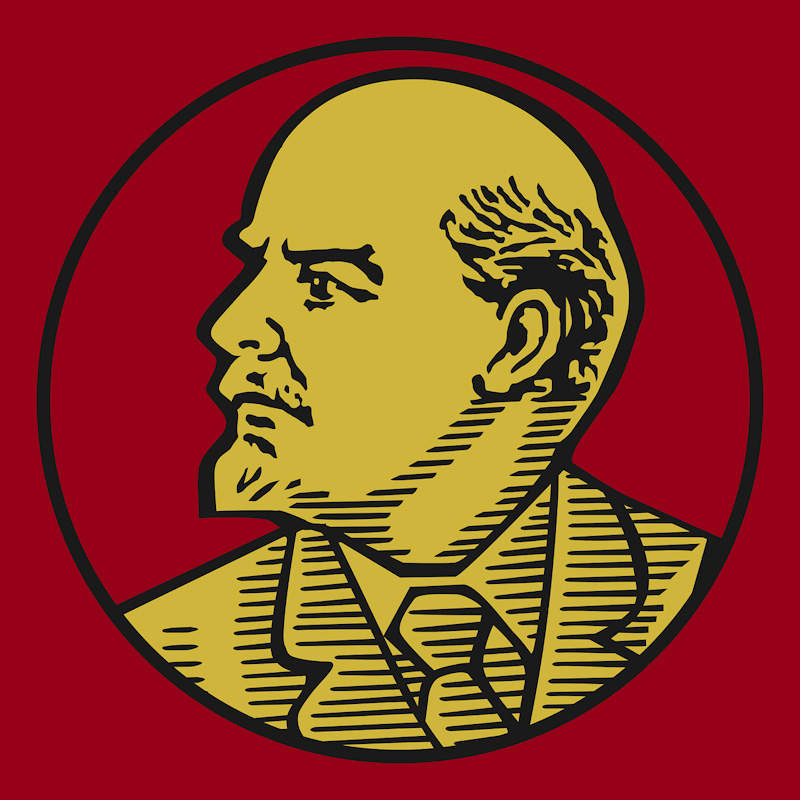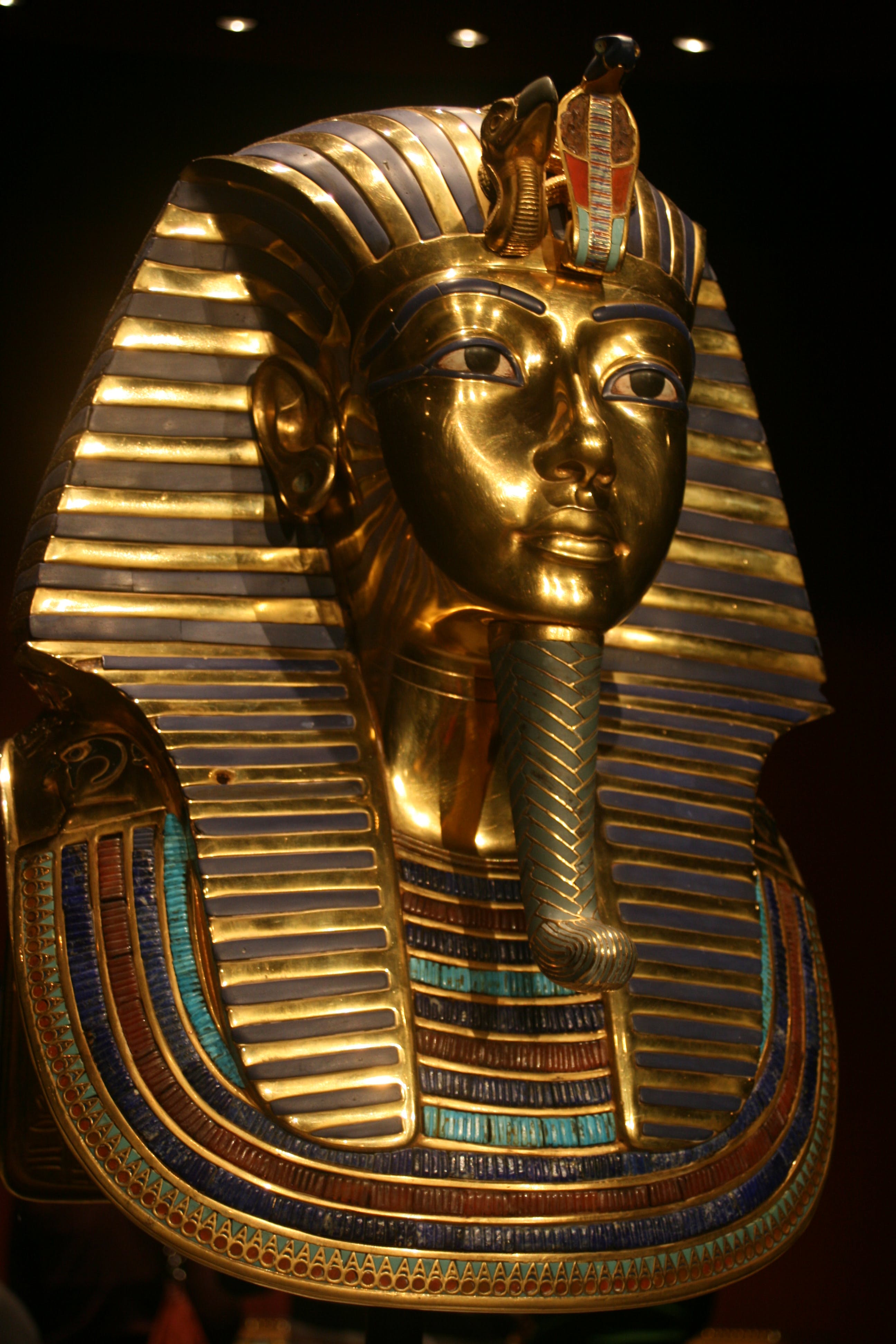Issue 8 - November 2023
Section 1 - Internet Marketing Articles
We continue to concentrate on a subject that is basic to the success of all affiliate marketers:
Traffic
Below is the second article in our comprehensive series on affiliate marketing traffic — an essential guide for both aspiring and seasoned affiliate marketers looking to navigate the dynamic world of digital marketing successfully. In this series, we'll continue to attempt to unravel the intricacies of affiliate marketing, focusing specifically on the critical role that traffic plays in achieving success in this ever-evolving industry.
Affiliate marketing offers a unique opportunity for individuals and businesses to earn commissions by promoting products and services. However, success in this field hinges on a deep understanding of how to drive and manage traffic effectively. Without a steady flow of visitors to your affiliate offers, your efforts can fall short of reaching their full potential.
Article 1 - Choosing the Right Traffic Sources for Affiliate Marketing
 Introduction
Introduction
Affiliate marketing is a thriving industry that offers individuals and businesses the opportunity to earn passive income by promoting products or services of other companies. However, success in affiliate marketing largely depends on your ability to drive targeted traffic to your affiliate offers. Choosing the right traffic sources is crucial in maximizing your affiliate marketing efforts and generating consistent revenue.
In this article, we'll explore the various traffic sources available to affiliate marketers and discuss how to select the ones that best suit your niche, goals, and budget. By the end, you'll have a clear understanding of how to make informed decisions when it comes to traffic sources for affiliate marketing.
Understanding Different Traffic Sources
Before diving into the selection process, let's familiarize ourselves with the different types of traffic sources in affiliate marketing:
1. Search Engine Optimization (SEO):
SEO involves optimizing your website or content to rank high in search engine results pages (SERPs). This organic traffic source can be highly effective for long-term success but requires patience and consistent effort.
2. Pay-Per-Click Advertising (PPC):
PPC advertising involves placing ads on search engines or social media platforms and paying only when someone clicks on your ad. Google Ads and Facebook Ads are popular choices for affiliate marketers.
3. Social Media Marketing:
Utilizing platforms like Facebook, Instagram, Twitter, and Pinterest to promote affiliate offers can be effective, especially when you engage with your audience and create valuable content.
4. Email Marketing:
Building an email list allows you to nurture leads and promote affiliate products or services to a targeted audience. Email marketing can provide a high return on investment (ROI) when done correctly.
5. Content Marketing:
Creating high-quality content through blogs, videos, podcasts, or infographics can attract organic traffic and establish you as an authority in your niche.
6. Influencer Marketing:
Collaborating with influencers in your niche to promote affiliate products can expose your offers to a broader audience.
7. Native Advertising:
Native ads seamlessly blend into the content of a website or platform, making them less intrusive and potentially more effective in driving traffic.
8. Affiliate Networks:
Joining affiliate networks allows you to leverage the existing traffic of other affiliates and publishers, increasing your chances of earning commissions.
Choosing the Right Traffic Sources
Now that we have an overview of the traffic sources, let's discuss how to choose the right ones for your affiliate marketing strategy:
1. Know Your Niche:
Understanding your niche is fundamental to selecting the most suitable traffic sources. Different niches may respond better to specific channels. For instance, a tech blog might thrive with SEO and content marketing, while fashion affiliates may find success with Instagram or Pinterest.
2. Set Clear Goals:
Define your affiliate marketing goals, whether it's to generate immediate sales, build long-term authority, or increase brand awareness. Your goals will influence the traffic sources you choose.
3. Consider Your Budget:
Some traffic sources, like PPC advertising, require an upfront investment. Evaluate your budget and determine how much you can allocate to different channels. Keep in mind that organic sources like SEO and content marketing may have lower initial costs but take longer to yield results.
4. Assess Competition:
Research your competition within your niche. Analyze the traffic sources they are using and identify gaps or opportunities. It's essential to find a unique angle or approach to stand out in a crowded market.
5. Analyse Affiliate Programs:
The affiliate programs you join can also influence your choice of traffic sources. Some affiliate programs may have strict policies regarding certain traffic channels, so be sure to review their terms and conditions.
6. Diversify Your Traffic Sources:
Relying solely on one traffic source can be risky. Diversifying your sources helps mitigate potential downturns in any single channel. A mix of organic and paid traffic can provide stability in your affiliate marketing strategy.
7. Test and Measure:
Once you've chosen your traffic sources, it's crucial to continuously monitor and analyze their performance. Use analytics tools to track conversions, click-through rates, and other relevant metrics. Adjust your strategy based on the data you collect.
8. Adapt and Evolve:
The digital landscape is constantly changing, and what works today may not work tomorrow. Stay updated with industry trends and be ready to adapt your traffic sources and strategies accordingly.
Conclusion
Choosing the right traffic sources for affiliate marketing is a critical step in achieving success in this competitive field. By understanding your niche, setting clear goals, considering your budget, assessing competition, and diversifying your sources, you can create a well-rounded affiliate marketing strategy that maximizes your potential for earning commissions.
Remember that there is no one-size-fits-all approach to traffic sources, and what works for one affiliate marketer may not work for another. It's essential to test, measure, and adapt your strategies to find the winning combination that drives consistent and sustainable revenue. With dedication and the right traffic sources, affiliate marketing can become a lucrative source of passive income.
Product of the Month For November 2023
The Leads For Life Funnel Has Launched!
- NO Complicated Software
- NO Tedious Busy-Work
- NO Outrageous Pricing
Just Good, Targeted, Affordable Traffic...
That Keeps Growing & Growing!
During Launch, the Enrolment Fee as well as
the Monthly Platform Fee Has Been Waived...
Take a Look by Clicking Below
Section 2 - World Historical Events that Happened in November
Throughout history, November has been a month marked by significant events that have shaped the course of nations and left a lasting impact on the world. From revolutions and treaties to discoveries and conflicts, November has witnessed a wide array of historical milestones. In this article, we will explore some of the most noteworthy world historical events that occurred in November.
 1. The Bolshevik Revolution (November 7-8, 1917):
1. The Bolshevik Revolution (November 7-8, 1917):
One of the most pivotal events in the 20th century, the Bolshevik Revolution, took place in Russia during November. Led by Vladimir Lenin, the Bolsheviks overthrew the Provisional Government, marking the beginning of Soviet rule. This event ultimately led to the establishment of the Soviet Union, changing the global political landscape.
2. The End of World War I (November 11, 1918):
On the 11th hour of the 11th day of the 11th month, an armistice was signed, effectively ending World War I. This event, known as Armistice Day (and later Veterans Day in the United States), marked the cessation of hostilities and the beginning of negotiations for the Treaty of Versailles.
3. The Fall of the Berlin Wall (November 9, 1989):
The Berlin Wall, which had divided East and West Berlin since 1961, fell in November 1989. This event marked a symbolic end to the Cold War and the beginning of the reunification of Germany. It also signified a broader trend of the collapse of communist governments in Eastern Europe.
4. The Mayflower Compact (November 11, 1620):
In November 1620, the Pilgrims aboard the Mayflower signed the Mayflower Compact before disembarking at Plymouth, Massachusetts. This document established a rudimentary form of self-government and is considered one of the earliest expressions of democracy in America.
5. The Signing of the Treaty of Versailles (November 11, 1918):
While the armistice ended World War I, the Treaty of Versailles, signed on November 11, 1918, formally concluded the war. The treaty imposed heavy penalties on Germany and redrew the map of Europe, setting the stage for political and economic upheaval in the coming decades.
6. The Assassination of President John F. Kennedy (November 22, 1963):
One of the most tragic events in American history, the assassination of President John F. Kennedy in Dallas, Texas, occurred on November 22, 1963. This shocking event not only changed the course of U.S. history but also had a profound impact on the world.
7. The Discovery of King Tutankhamun's Tomb (November 4, 1922):
British archaeologist Howard Carter discovered the tomb of the young Egyptian pharaoh Tutankhamun in the Valley of the Kings in November 1922. The discovery of the nearly intact tomb provided valuable insights into ancient Egyptian history and culture.
8. The Velvet Revolution in Czechoslovakia (November 17, 1989):
The Velvet Revolution, a non-violent uprising against communist rule, began in Czechoslovakia on November 17, 1989. Led by figures like Václav Havel, the movement eventually resulted in the end of communist rule and the country's transition to democracy.
9. The Great November Witch (November 7-11, 1913):
The Great November Witch was a powerful extratropical cyclone that struck the Great Lakes region in November 1913. This devastating storm resulted in the loss of 19 ships and over 250 lives. It remains one of the deadliest natural disasters on the Great Lakes.
10. The Russian October Revolution (Julian calendar, November 7-8, 1917):
In November 1917, according to the Julian calendar (which was in use in Russia at the time), the Russian October Revolution occurred. This event led to the Bolshevik takeover of the Russian government, paving the way for the establishment of the Soviet Union.
11. The Launch of the First Permanent Space Station (November 20, 1998):
On November 20, 1998, the first module of the International Space Station (ISS), Zarya, was launched into orbit. The ISS has since become a symbol of international cooperation in space exploration.
12. The End of the Iran Hostage Crisis (January 20, 1981):
While the Iran Hostage Crisis began in November 1979 when the U.S. Embassy in Tehran was seized by Iranian militants, it ended on January 20, 1981, when the hostages were released after 444 days in captivity. This event had a lasting impact on U.S.-Iran relations.
13. The Sinking of the Edmund Fitzgerald (November 10, 1975):
On November 10, 1975, the SS Edmund Fitzgerald, a large freighter, sank in Lake Superior during a severe storm. All 29 crew members on board lost their lives. The event was immortalized in the song "The Wreck of the Edmund Fitzgerald" by Gordon Lightfoot.
14. The Signing of the Camp David Accords (November 17, 1978):
The Camp David Accords, brokered by U.S. President Jimmy Carter, brought about a historic peace agreement between Egypt and Israel. This event marked a significant step toward peace in the Middle East.
15. The Beginning of the Nuremberg Trials (November 20, 1945):
The Nuremberg Trials, which began in November 1945, were a series of military tribunals held to prosecute prominent leaders of Nazi Germany for war crimes. These trials set important precedents for international law and justice.
Conclusion
November has witnessed a remarkable array of historical events that have left an indelible mark on the world. From revolutions and treaties to discoveries and tragedies, these events have shaped the course of nations and influenced the trajectory of history. As we reflect on these significant moments in November's history, we gain a deeper understanding of the complex tapestry of human experiences that have brought us to where we are today.


